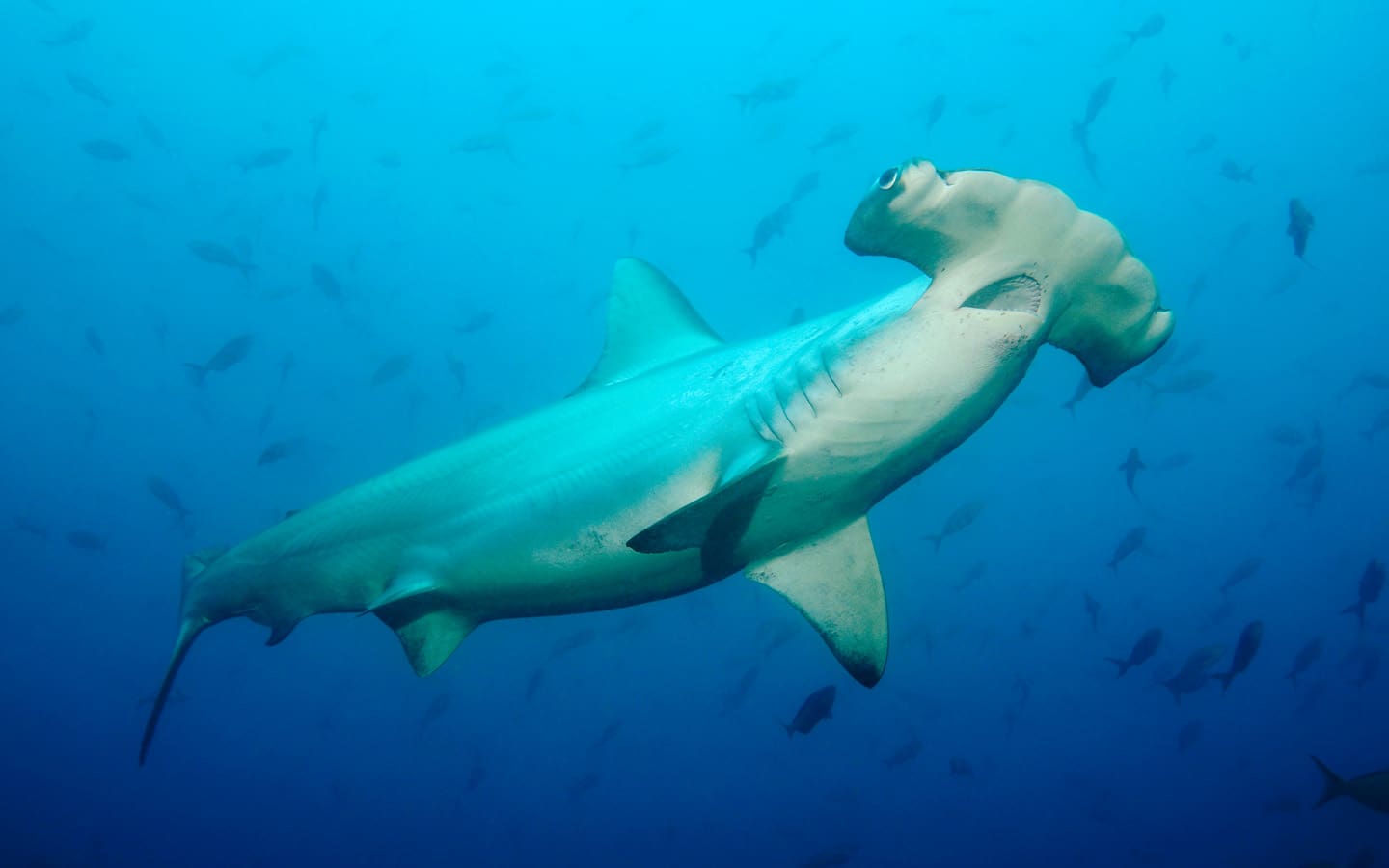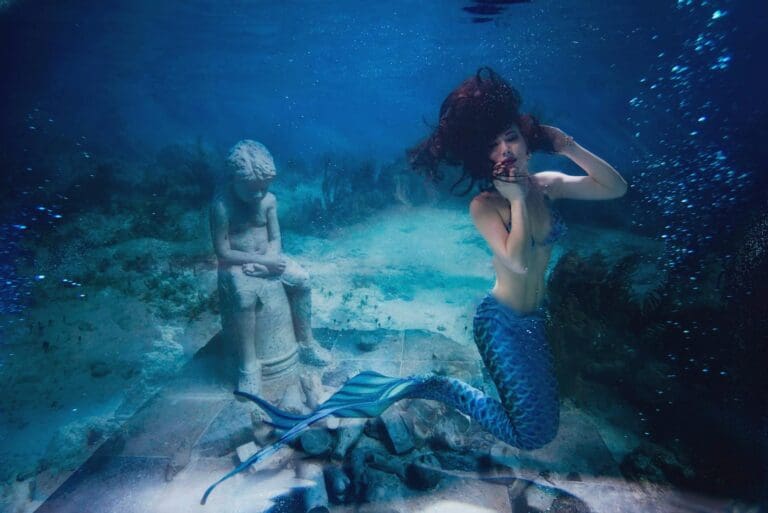For most living things, reproduction requires two participants to get the ball rolling. However, under the right conditions, some species have developed the ability to reproduce without partners. After all, to quote Jurassic Park, “Nature finds a way.”
Let’s take a look at parthenogenesis and some animals that are able to reproduce all by themselves.
The Miracle of Parthenogenesis
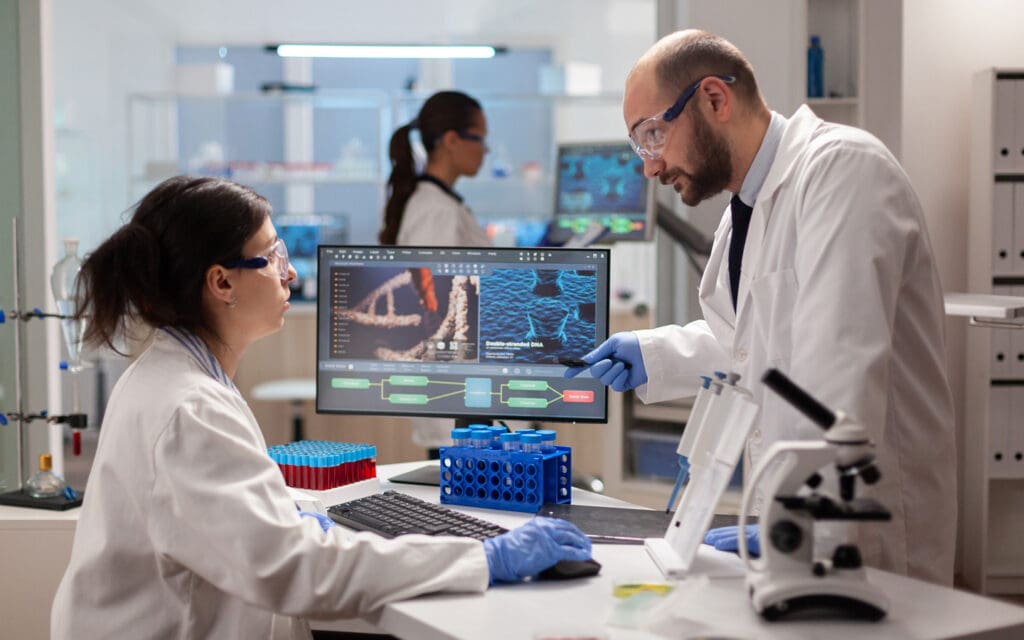
Parthenogenesis refers to asexual reproduction. Specifically, reproduction in which a female can reproduce without male fertilization. Parthenogenesis is derived from the Greek words for “virgin birth.” For most of history, parthenogenesis was considered to be peculiar only to plants, insects, and other invertebrates, where it is relatively common. But then, scientists started noticing some interesting behavior in animals.
Startling Recent Discoveries
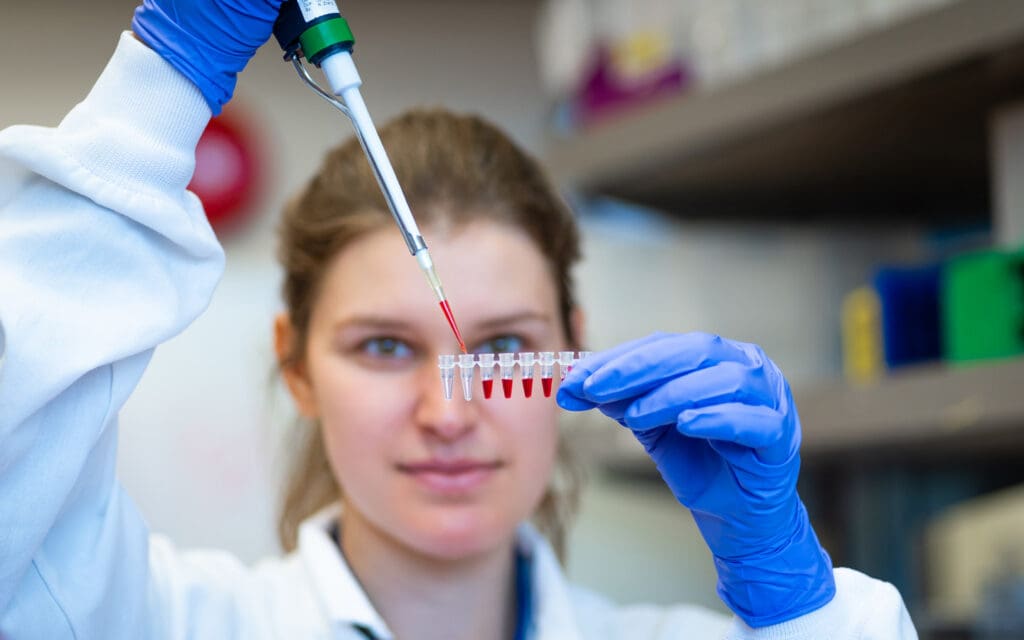
By the turn of the century, parthenogenesis had been documented in nearly every branch of vertebrates, with the exceptions of mammals and cartilaginous fish. However, even that was to change. In recent decades, biologists have verified dozens of cases of parthenogenesis among fish, reptiles, birds, and—in special circumstances—mammals.
1. Aphids
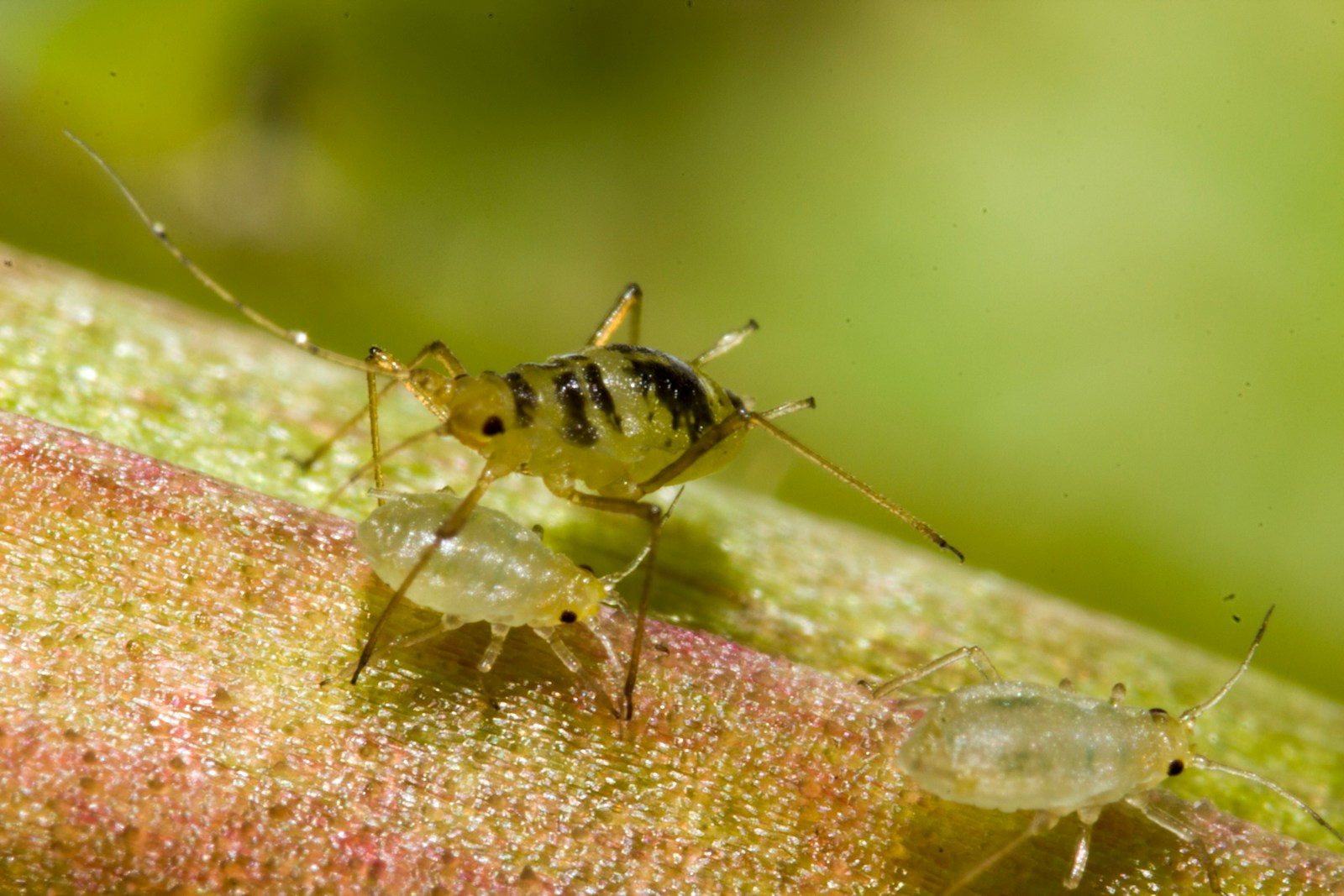
Asexual reproduction among insects is considered nothing special. However, aphids go through a form of sexual reproduction known as heterogony. “Most aphids are born pregnant and beget females without wastrel males,” writes Princeton biologist David Stern. “These developing embryos contain developing embryos of the third generation within them, like Russian dolls.”
2. New Mexico Whiptails
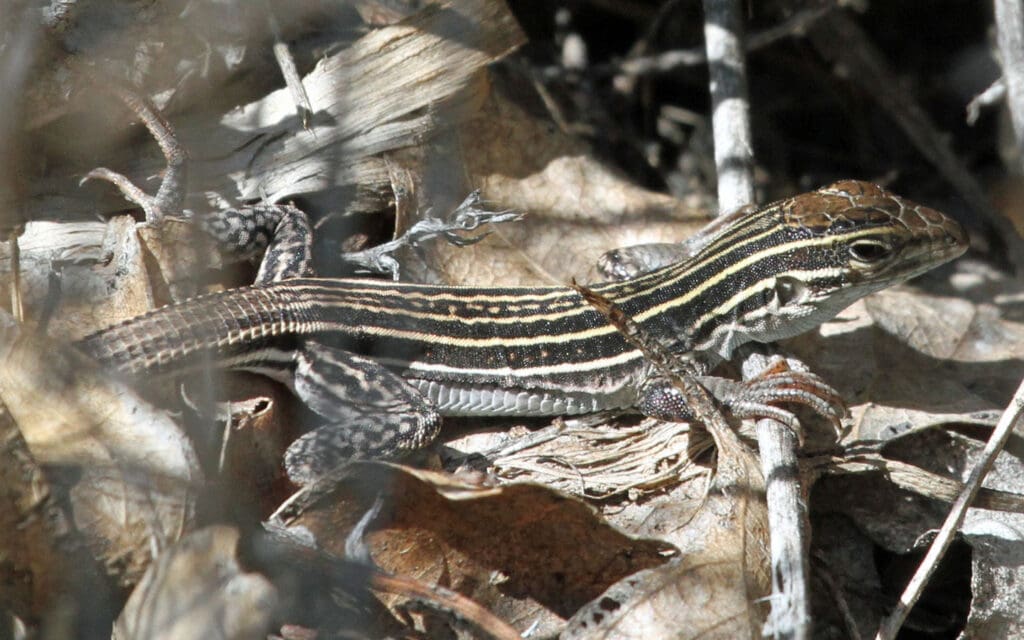
New Mexico Whiptails are a female-only species of lizards found in Arizona, New Mexico, and Chihuahua in northern Mexico. Sexual reproduction isn’t an option, as the entire species is unisexual. Essentially, all offspring are clones of the mother, sharing exactly the same genes. This goes against the understanding of adaptation and diversity, yet the species continues to thrive.
3. Amazon Mollies
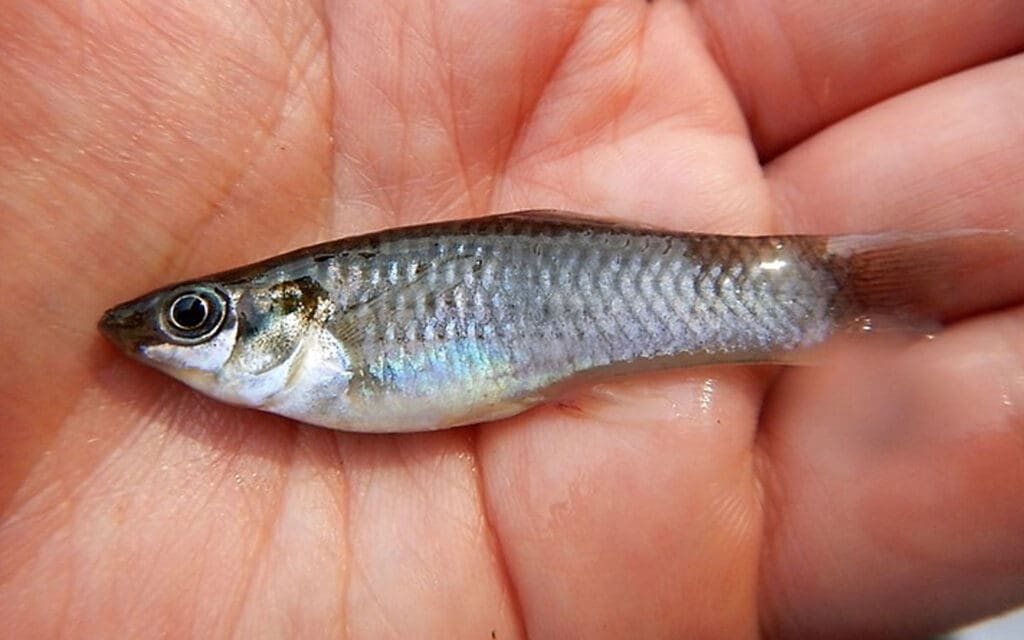
Amazon Mollies are an all-female species of freshwater fish. Their elaborate form of parthenogenesis is called gynogenesis. They require sperm. However, they steal it from closely related species to trigger the development of an embryo. The sperm itself doesn’t contribute any genetic material. All of the offspring are clones of the mother. Scientists have found no sign of genome deterioration.
4. Komodo Dragons
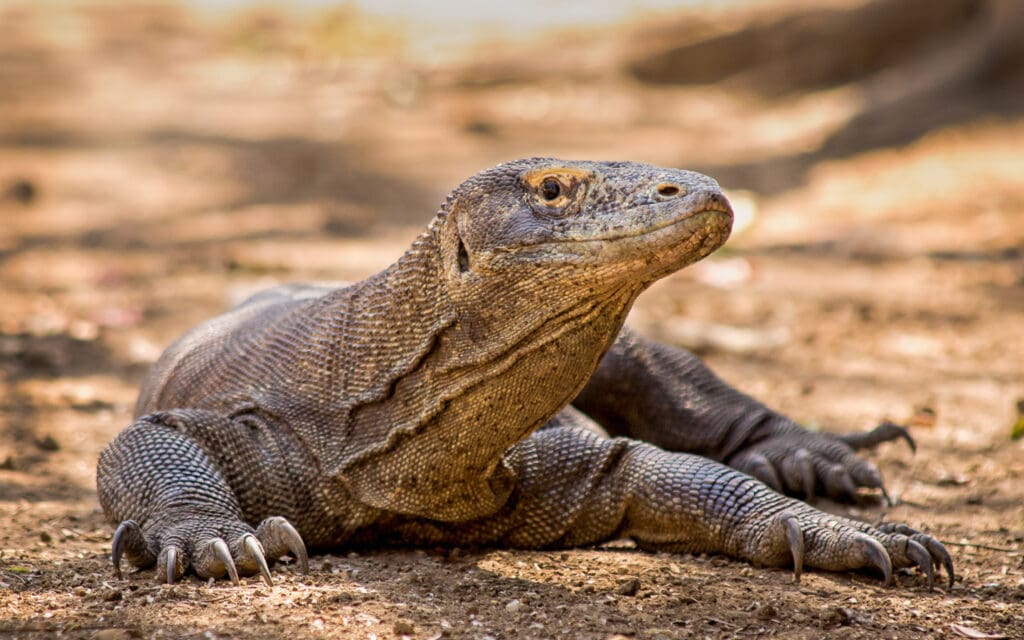
In 2006, workers at two separate British series were astonished to find that their female Komodo dragons had given birth despite being completely isolated from males. Later, one of them went on to make with a male, demonstrating that some species can switch between sexual and asexual reproduction as situations demand.
5. American Crocodiles
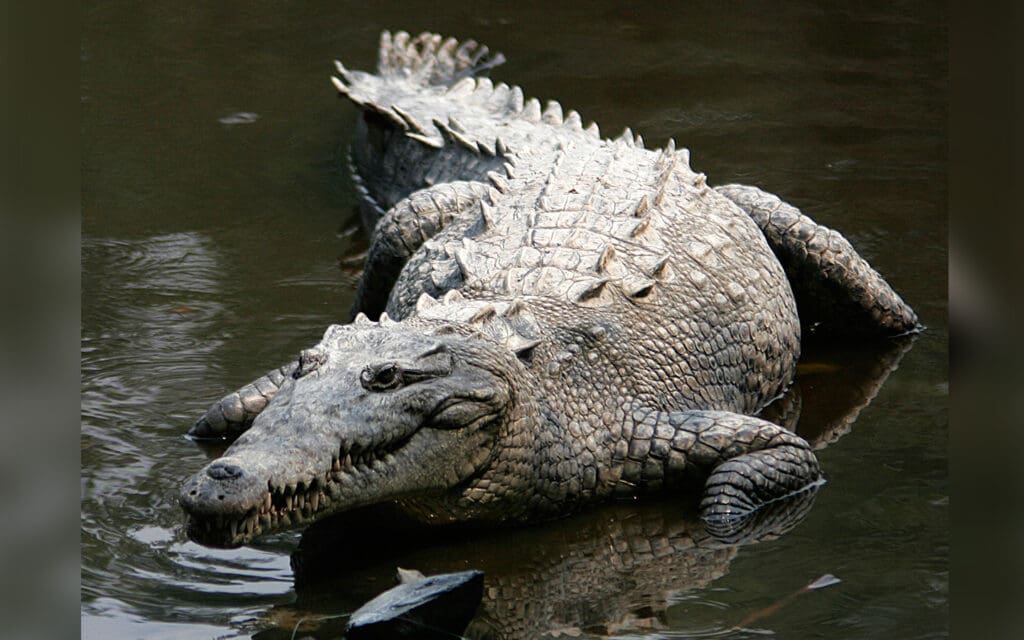
In 2023, a female crocodile at a zoo in Costa Rica laid a clutch of fertile eggs. Zookeepers were shocked because the crocodile had lived alone for 16 years. Unfortunately, after spending three months in an incubator, none of the eggs hatched. One egg held the fully formed fetus, but it was stillborn.
6. Hammerhead Sharks
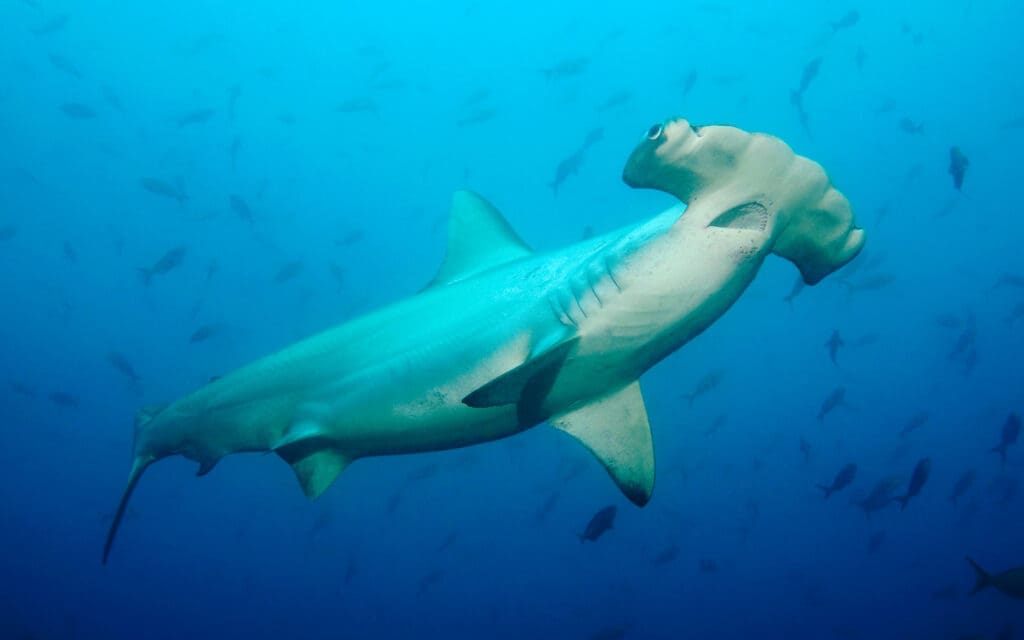
At a zoo in Omaha, Nebraska, a female shark with no contact with any males gave birth. At first, because sharks can store sperm for long periods, wrote it off as delayed fertilization. However, genetic testing revealed no signs of a male contribution to the DNA of the pup. Parthenogenesis has been confirmed in at least three species of sharks.
7. Birds: Turkeys, Chickens, Pigeons
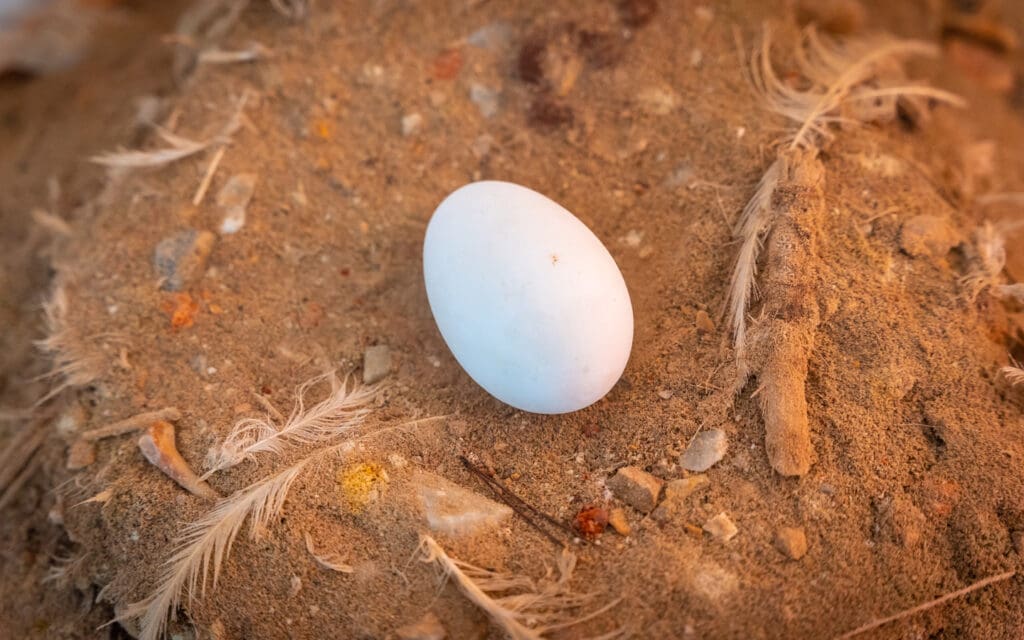
Cases of parthenogenesis have been noted domesticated turkeys and chickens, as well as domestic pigeons, and one type of captive zebra finches. In turkeys, it results from the conversion of haploid cells to diploid. This can be increased by selective breeding. However, in most cases with birds, the egg fails to develop normally or completely to hatching.
Read More: Scientists Discover Greenland Sharks Can Live to 400
8. California Condors
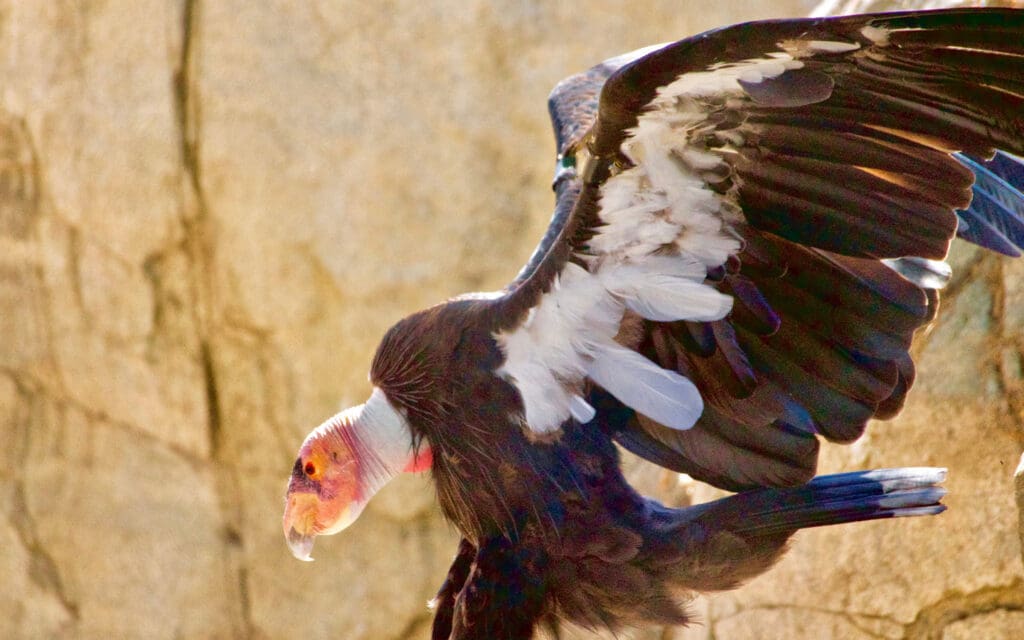
These endangered vultures are the largest land birds in North America. They went instinct in the wild in 1987 when all the remaining individuals were captured. In 2021, researchers at the San Diego Zoo recorded parthenogenesis in a female California Condor. She’d been housed with a male, but the paternity test proved her reproduction was asexual.
Read More: 5 Incredible Senses That Animals Have and Humans Don’t
9. Mice
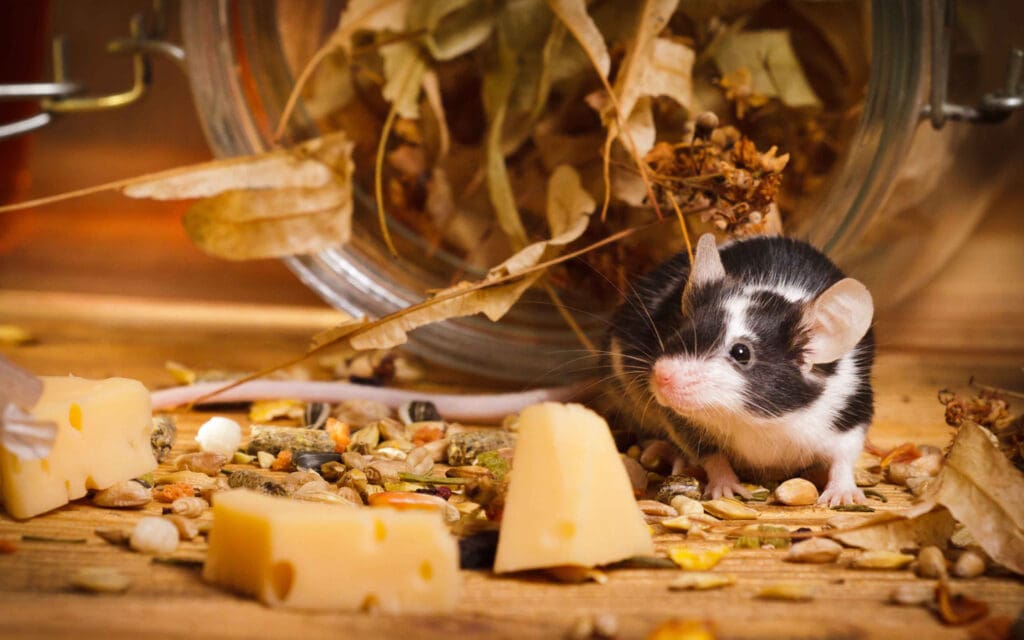
There are no known cases of naturally occurring parthenogenesis in mammals in the wild. However, it’s a different story in the laboratory where parthenogenesis was manipulated. In 2022, a team of Chinese scientists induced asexual reproduction in mice under experimental conditions. They edited DNA in regions responsible for genomic imprinting and parthenogenesis occurred. The mothers carried viable babies to term.
Read More: This Perfectly Preserved Dinosaur Embryo Looks Incredible

